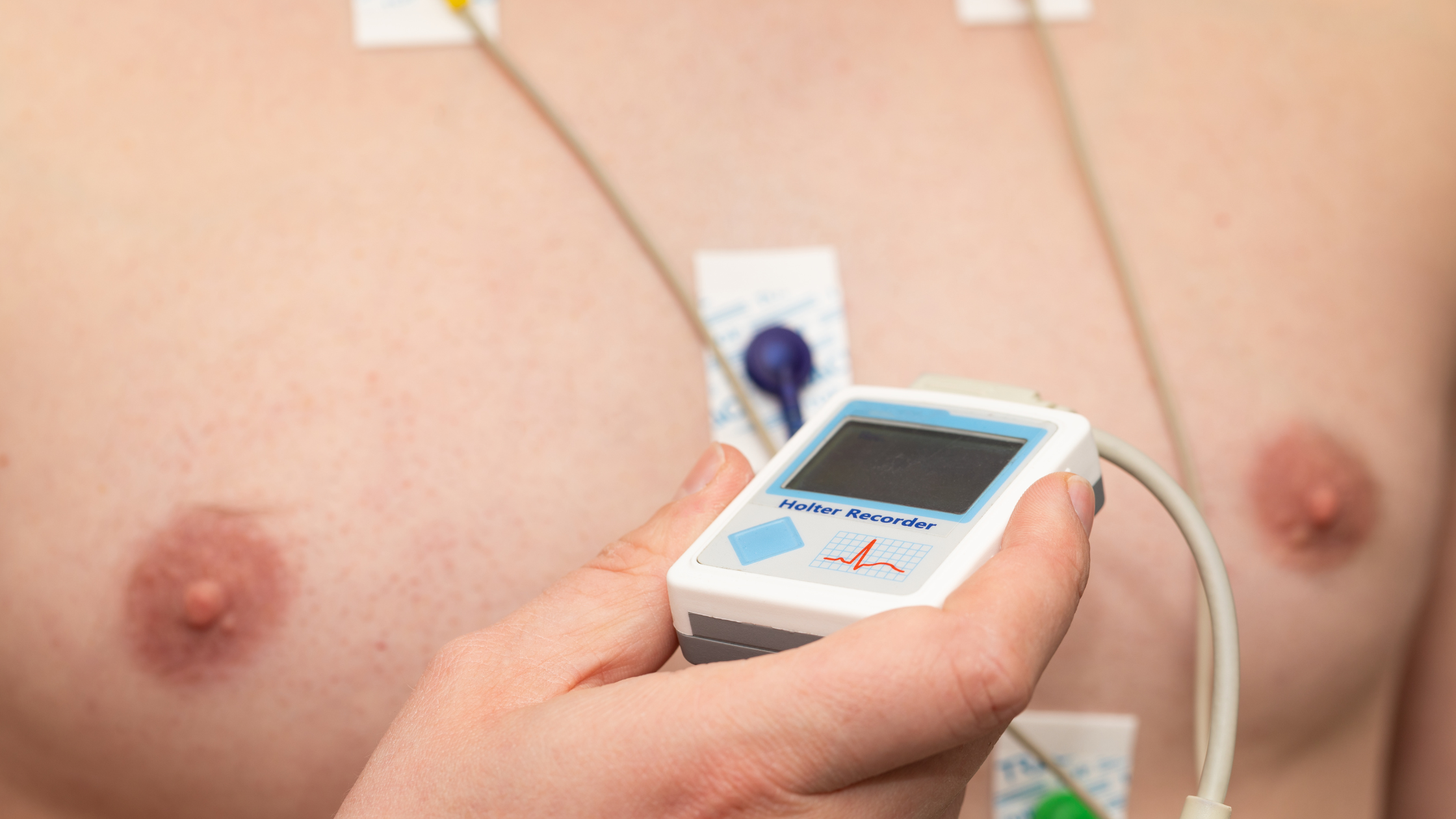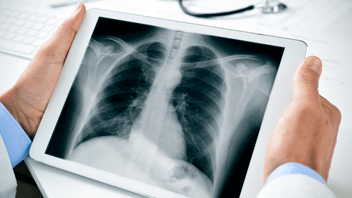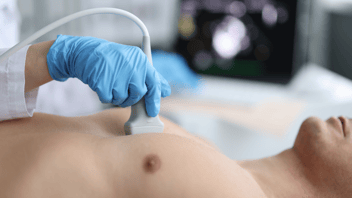Sinus Tachycardia Decoded: Must-Read Guide for Nursing Students and NCLEX Prep

Learning about Sinus Tachycardia
Sinus tachycardia is a type of cardiac arrhythmia characterized by an abnormally fast heart rate originating from the sinus node, the heart’s natural pacemaker. In this condition, the heart rate exceeds the normal heart rate, typically surpassing the 100 beats per minute in adults.
Sinus tachycardia was very common for me as a nursing student since I was stressed so much between classes, clinical rotations, exams, etc. My resting heart rate was always above 100 almost 115 most days. My physician put me on a beta-blocker, Propranolol, just as needed to help bring my heart rate down. Since nursing school, My heart rate has been back to normal. .png?width=1200&height=630&name=nclex%20review%20for%20angina%20(2).png)
Sinus tachycardia, a heart rhythm anomaly, involves a rapid heartbeat originating from the heart's sinus node, the natural pacemaker. While the normal resting heart rate ranges between 60 to 100 beats per minute, sinus tachycardia causes the heart to beat faster than this range.
This acceleration can be prompted by various factors, including physical exertion, stress, fever, pain, or anxiety. While often a transient response to physiological needs, persistent sinus tachycardia may indicate an underlying health issue.
Identification of the cause through medical evaluation is essential to ensure appropriate management. Treatment focuses on addressing the underlying trigger, managing contributing factors, and, if necessary, using medications to control heart rate. Monitoring and consultation with healthcare providers are important for effective management and maintaining overall heart health.
Sinus Tachycardia Overview
1. Characteristics of sinus tachycardia- a. Rhythm→ Regular
- b. Heart rate→ >100
- c. P: QRS ratio→ 1:1
- d. PR interval→ 0.12-0.20 seconds
- e. QRS complex→ 0.06-0.12 seconds
General Information on Sinus Tachycardia
1. Client Presentation
a. Stable
b. Unstable→ Rapid heartbeat, palpitations, lightheaded, decreased cardiac output
2. Cause
a. Fever, dehydration, hypotension, anemia, anxiety/fear, pain
3. Nursing Interventions
a. Determine if stable or unstable and treat the cause of tachycardia
.png?width=1200&height=630&name=nclex%20review%20for%20angina%20(2).png)
Therapeutic Management for Sinus Tachycardia
1. Find and treat the cause
2. Stable
a. Vagal Maneuvers, medications (Beta-Blockers, Calcium Channel Blockers, Adenosine)
3. Unstable
a. Synchronized cardioversion
Nursing Case Study for Sinus Tachycardia
Patient Profile:
Name: Melinda Johnson
Age: 32 years old
Gender: Female
Medical History: None reported, no known cardiac conditions

Presenting Symptoms:
- Heart palpitations
- Rapid heart rate (resting heart rate >100 beats per minute)
- Mild dizziness and shortness of breath
- Physical Examination: Ms. Johnson displayed signs of sinus tachycardia with a heart rate of 110 beats per minute at rest.
- Electrocardiogram (ECG); Confirmed sinus tachycardia without any underlying cardiac arrhythmias or abnormalities.
Medical History:
Ms. Johnson had no significant medical history and had not experienced these symptoms previously.
Diagnosis:
Ms. Johnson was diagnosed with sinus tachycardia, a condition characterized by a faster-than-normal heart rate originating from the sinus node.
Treatment Plan:
- Identifying Triggers:
- Assessed possible triggers such as caffeine intake, stress, or stimulant use.
- Vital Signs Monitoring:
- Continuously monitored Ms. Johnson’s heart rate, blood pressure, and oxygen saturation.
- Anxiety Management:
- Offered reassurance and taught relaxation techniques to alleviate anxiety-related tachycardia
- Medication Adjustment:
- Reviewed all medications for potential tachycardia side effects, and discussed potential adjustments with the primary care physician.
- Patient Education:
- Educated Ms. Johnson on sinus tachycardia, triggers, and self-management strategies
With diligent monitoring and interventions, Ms. Johnson’s heart rate gradually returned to the normal range. Identifying her caffeine consumption as a trigger helped her avoid further tachycardic episodes. She expressed gratitude for the education and support provided, reporting fewer palpitations and a greater sense of control over her condition.
Conclusion and Free Download
This Sinus Tachycardia review provides essential knowledge for approaching the NCLEX with confidence. Understanding its prevention, management, and interventions empowers nurses to provide effective care and save lives.
Looking for more must-know NCLEX review topics? Download our free eBook, "NCLEX Flash Notes: 77 Must-Know Nursing Topics for the NCLEX," by simply providing your email address below. I'll send you a complimentary copy straight to your inbox!
.png?width=1200&height=630&name=nclex%20review%20for%20angina%20(2).png)
You CAN Do This
Happy Nursing!







